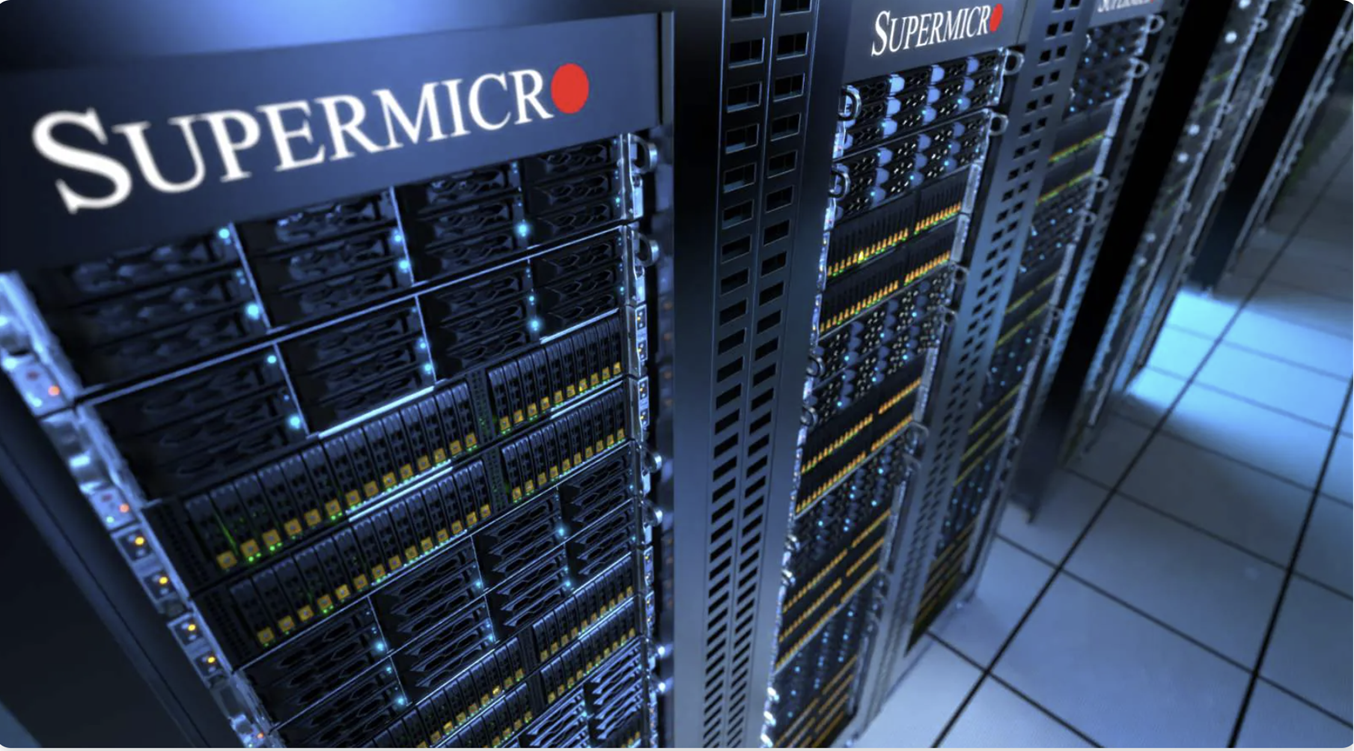April 2024 - When JP Morgan moves into bail out mode, consider being a buyer too.
by Stephen Bennie 2024-04-22

It has become an annual ritual for share market participants to pore over Jamie Dimon’s annual letter to JP Morgan shareholders.[1] When Jamie speaks people tend to lend him an ear. He has been the CEO of JP Morgan Chase (JP Morgan) for over two decades now. In that time many challenges have been adeptly handled with, in fact adversity is when JP Morgan tends to excel. Crisis can be a great opportunity for the canny operator with access to capital to pick up the pieces. And it’s amazing how often those apparently worthless pieces turn out to be nuggets of gold. It seems to be deep within the DNA of JP Morgan to be that canny operator and for good reason.
Let’s quickly jump back to 1907 where there was a full-on banking crisis threatening to bring down the US banking system[2]. Live long enough and you see a whole crop of “once in a lifetime” banking failures. John Pierpont Morgan certainly lived long enough to see the Panic of 1907 and know what to do. In fact Jupiter[3], as he became known, was arguably in his prime, his banking operation, which he had started with Anthony Drexel in 1871, had grown to become the preeminent investment bank in Wall Street[4]. So it was that, in the darkest hours of 1907 that at the behest of the US Treasury, JP Morgan in his personal library organised a group made up of other leading bankers that created a liquid money pool that became the lender of last resort and kept the banking system solvent. If you’re wondering why the Federal Reserve didn’t step up to the plate, it didn’t yet exist, it would be created in the aftermath of the Panic of 1907[5].
The other big move that Jupiter pulled off in 1907 was a stunning example of playing a strong hand with panache. At this time, JP Morgan was a part owner of US Steel, the Microsoft of its day US Steel was the first corporate to have a market capitalisation more than US$1 billion and the largest steel producer in the US[6]. The second largest was the Tennessee Coal, Iron and Rail Company (TCI) whose share price had recently been falling rapidly. This was bad news for the broking firm Moore and Schley as they had accepted TCI stock as collateral on many of its loans. The drop in TCI’s share price was threatening the solvency of Moore and Schley adding to the overall sense of panic. JP Morgan sensed an opportunity to increase the value of his stake in US Steel by acquiring TCI. While this would bail out Moore and Schley and avoid further market turmoil, it was tantamount to creating a monopoly which would be a violation of the Sherman Antitrust Act of 1890. Never one to let that get in the way of a good deal, JP Morgan sent his co-owners of US Steel, Henry Frick and Elbert Gary, to Washington in an effort to convince President Roosevelt to waive the antitrust laws and allow the deal to proceed for the good of the market. Roosevelt acquiesced and a monopoly was legally created. That’s how you get the nickname of a Roman god.
A cartoon showing JP Morgan ruminating on competition.

Cartoon by Art Young
Jump forward a hundred years and once again a banking crisis is brewing up. Loose lending practices, stuttering economies and falling house prices are combining to create the Global Financial Crisis of 2008. This time it was investment bank Bear Stearns that was facing a liquidity crunch that was threatening its solvency and overall confidence in the banking system. Finally, after weeks of mounting speculation, the Federal government decided that it was time to restore confidence and over one weekend in March of 2008, they agreed a deal for JP Morgan Chase, as it was now known, to acquire all Bear Stearns shares, assets and liabilities[7]. This time the CEO for JP Morgan Chase was Jamie Dimon who had taken over that role in 2005 but like Jupiter Morgan he knew a great opportunity for a canny operator with access to capital when he saw it.
So back to where we started, Jamie’s annual letter to shareholders. This is a lengthy missive, and it touches on multiple topics. In one section Jamie gives advice to world leaders on how best to resolve the disputes in Ukraine and the Middle East. He thinks that there is a much lower chance of a soft landing than the market appears to be expecting, consequently is preparing for a very broad range of interest rates from 2% to 8% or more. He talks a fair bit about Artificial Intelligence, I think that is mandatory.
But it was his recap of last year’s First Republic acquisition that most caught my eye. Yet again JP Morgan had been called upon by administrators to be part of a bank bailout. This time it was the US Regional Banking crisis of 2023. Silicon Valley Bank and Signature Bank had both collapsed after they were unable to cope with a run-on funds, they both failed withing 48 hours of each other, a proper panic had set in[8].
The next domino to topple was First Republic which had a similar business model to Silicon Valley Bank, lend to the exciting Silicon Valley tech start-ups and their often super wealthy founders. This is in theory a great business model, but it had what turned out to contain some potential time bombs. It made for a highly concentrated client base by demographic and geography and in the current situation a bank that had held deposits of over US$250k for clients was vulnerable. The reason for this was that regulator covered customers for up to $250k in the incidence that their bank failed[9]. If you’re super wealthy like a lot of First Republic customers, this might only be a small percentage of what you have on deposit in the event of a collapse. So, you understandably want out but unfortunately this creates a doom loop as the majority of other customers also want out at the same time. So almost inevitably First Republic failed, the biggest bank collapse by far since 2008, with the regulator taking control of the bank to provide stability for its customers[10]. And if you did not already know, I’m sure you can guess who bought First Republic as a going concern from the regulator.
When JP Morgan acquired First Republic it paid the regulator US$10.6 billion. At the time Jamie Dimon advised his shareholders that they expected First Republic to generate annual earnings of US$500 million a year. Not on the face of it a real bargain, without growth that’s essentially a 20 year pay back profile. But at least it did not create any public back lash, Jamie may have been mindful of the outcry that had greeted their purchase price of Bear Stearns back in 2008[11]. In his latest letter to shareholders Jamie was able to update that the First Republic business looked likely to deliver annual earnings of closer to US$2 billion under its JP Morgan ownership. Now we are in bargain territory, without any further growth that’s close to a five year payback. The JP Morgan tradition of triumphing in adversity has logged yet another chapter in its ever-growing legacy. And investors have yet another reminder of the value of ready capital and a stern stomach in a crisis.
[1] Jamie Dimon's Letter to Shareholders, Annual Report 2023 | JPMorgan Chase & Co.
[3] J P Morgan: The Panic of 1907 and the Federal Reserve (teachdemocracy.org)
[5] The Panic of 1907: J.P. Morgan and the Money Trust Lesson | Education Resources | St. Louis Fed (stlouisfed.org)
[7] JPMorgan to buy Bear Stearns for $236m (ft.com)
[8] Looking back at the banking crisis of 2023 - TheStreet
[9] FDIC: Your Insured Deposits
[10] First Republic Bank fails, taken over by JPMorgan (cnbc.com)
[11] On March 24, 2008, after public discontent over the low acquisition price threatened the deal's closure, a revised offer was announced at approximately $10 per share. JPMorgan Chase - Wikipedia
Share article:
Other Insights
Stay updated with Castle Point Funds.
Investments
Resources
Company
Castle Point Funds
Perpetual Guardian Tower
Level 23, 191 Queen Street
Auckland 1010
PO Box 105889
Auckland 1143, New Zealand
E info@castlepointfunds.com
PG Funds Limited is the issuer and manager of the Castle Point Funds Scheme.
2025 Castle Point Funds, Inc. All rights reserved.
Privacy Policy



